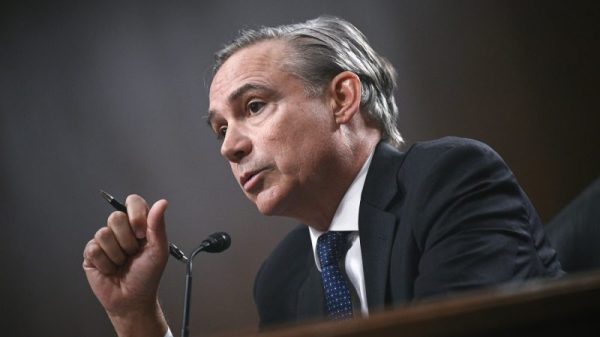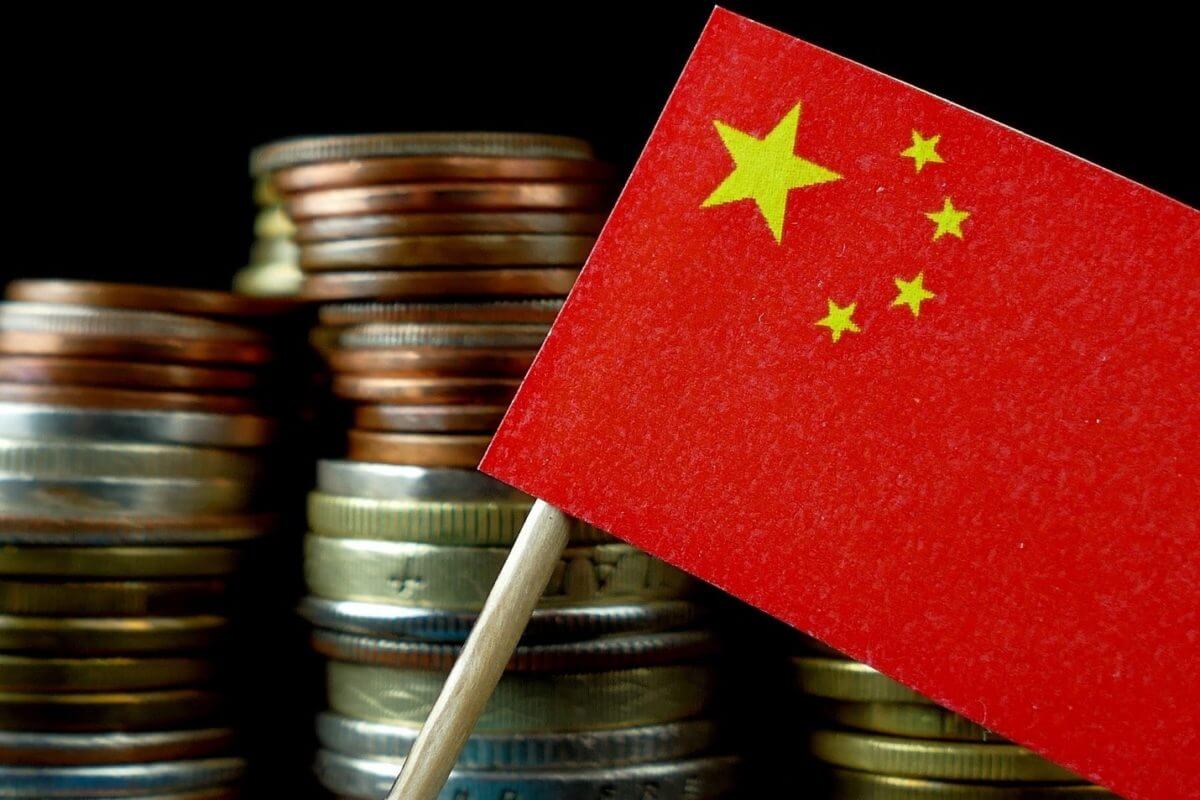China To Maintain Lending Rates, Eyes Mortgage Rate Cut
Quick Look:
LPR Stability: China should keep the one-year LPR at 3.45% and the five-year LPR at 3.95%.
Housing Sector Support: Authorities may reduce the mortgage reference rate.
Economic Indicators: April saw mixed results, with industrial output growth at 6.7% and retail sales at 2.3%.
China is anticipated to maintain its benchmark lending rates on Monday. However, there are growing expectations for a reduction in the mortgage reference rate as authorities strive to bolster the housing sector. The loan prime rate (LPR), typically applied to the best clients of banks, is determined monthly after 20 designated commercial banks submit proposed rates to the People’s Bank of China (PBOC).
Market Expectations For LPR And Mortgage Rates
A recent survey of 33 market analysts revealed that 82% expect both the one-year and five-year LPRs to remain unchanged. Among the remaining analysts, four predicted that the one-year LPR would stay steady but anticipated a five- to 20-basis-point reduction in the five-year tenor. The remaining two analysts projected similar cuts for both rates. Currently, most new and outstanding loans in China are based on the one-year LPR, which stands at 3.45%. The five-year LPR, which serves as the mortgage reference rate, is at 3.95% following a cut in February aimed at supporting the property market.
In a bid to further support the housing sector, China recently announced that local government authorities will be permitted to purchase homes at “reasonable” prices to provide affordable housing, according to the official Xinhua news agency. Despite efforts to stimulate the property market, the sector and weak retail sales continued to weigh on the economy last month. However, industrial output outperformed forecasts, showcasing a mixed economic landscape.
China’s Economic Performance And Policy Measures
China’s central bank opted to leave a key policy rate unchanged. Rolling over maturing medium-term lending facility loans, constrained by a weak currency from further monetary easing. Despite these constraints, China’s industrial output demonstrated robust growth. It is accelerating to a 6.7% year-on-year increase in April from 4.5% in March, indicating a recovering manufacturing sector. This growth surpassed a Reuters poll forecast of a 5.5% increase.
On the other hand, retail sales—a key consumption indicator—grew by only 2.3% in April. This was down from a 3.1% rise in March and fell short of analysts’ expectations of a 3.8% increase. Fixed asset investment also underperformed. It expanded by 4.2% in the first four months of 2024 compared to a year earlier. This was below the anticipated 4.6% rise and the 4.5% growth seen in the first three months.
Mixed Economic Indicators And Government Response
The economic data released this month paint a mixed picture for April. While exports and imports returned to growth and consumer prices rose for the third consecutive month, new bank lending dropped more than expected, and broad credit growth hit a record low. These developments suggest the need for additional policy support to sustain economic momentum.
In response, the Chinese government has set an ambitious growth target of around 5% for 2024. The economy expanded by a faster-than-expected 5.3% in the first quarter, indicating potential to meet this target. To stimulate key sectors, China has initiated the issuance of 1 trillion yuan ($138.17 billion) in ultra-long special treasury bonds, with tenors ranging from 20 to 50 years.
Despite these measures, the property sector remains a significant drag on the economy. Property investment fell 9.8% year-on-year in the first four months of 2024, following a 9.5% decline in the first quarter. The sector, which accounts for a quarter of China’s economy, has been struggling due to regulatory crackdowns. In efforts to promote home sales, cities like Hangzhou and Xian have recently lifted home purchase restrictions.
Amidst these challenges, the job market showed signs of improvement, with the nationwide survey-based jobless rate remaining at 5.0% in April, down from 5.2% in March. This stability in employment rates offers a glimmer of hope as the government continues to implement measures to support the economy and specifically the beleaguered property sector.
The post China To Maintain Lending Rates, Eyes Mortgage Rate Cut appeared first on FinanceBrokerage.


































